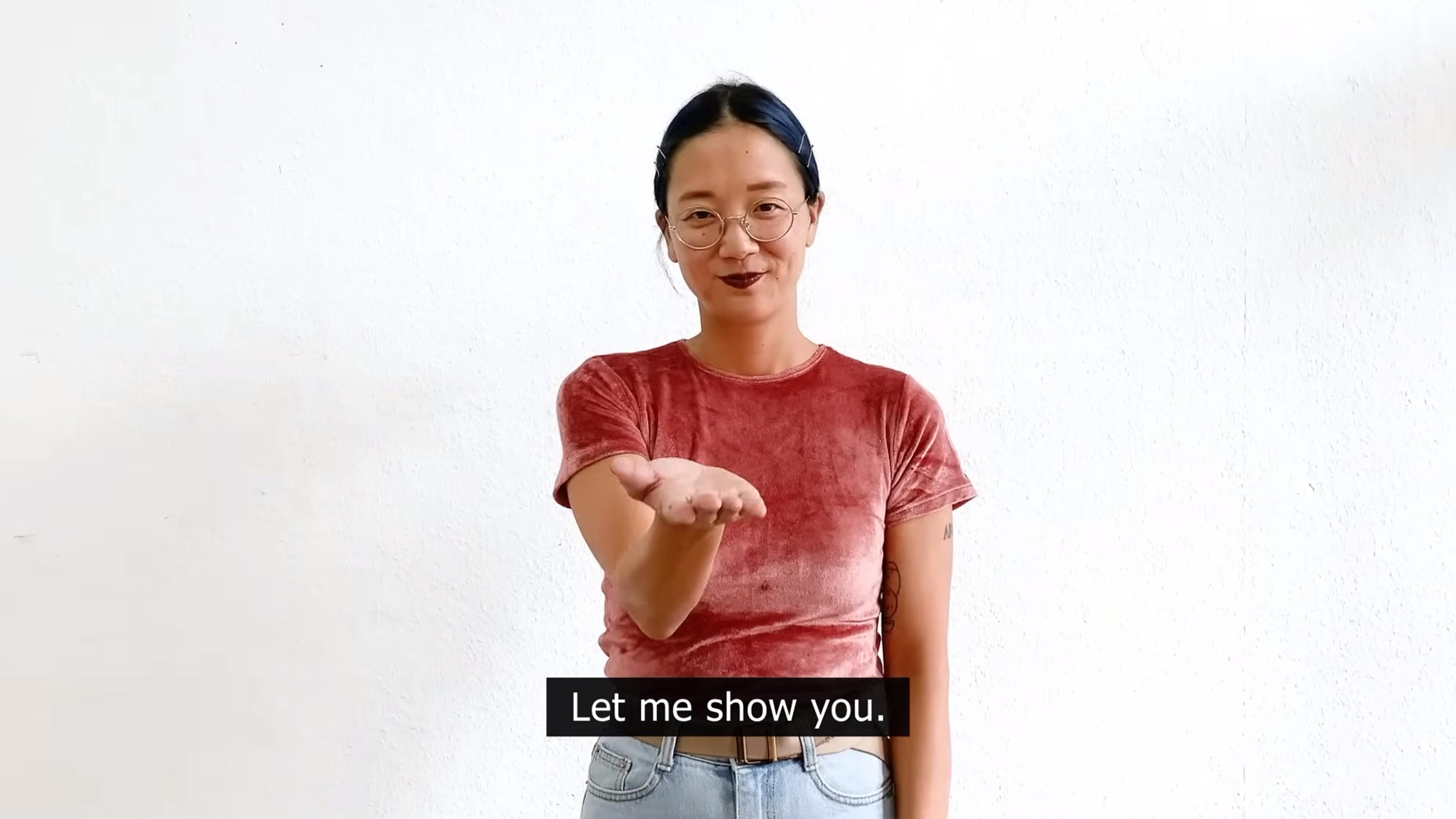Aeon Video has a monthly newsletter!
Get curated editors’ picks, peeks behind the scenes, film recommendations and more.
Ums, likes and y’knows get no respect – but they’re vital to conversation
If you’ve ever listened to a recording of yourself speaking, the frequency with which you used fillers such as ‘um’, ‘uh’, ‘like’ and ‘y’know’ might have grabbed your attention – and perhaps your scorn. Indeed, these verbal hesitations have been viewed as undesirable since the days of ancient Greece and, more recently, the American linguist Noam Chomsky characterised them as ‘errors’ irrelevant to language. But could there be more to these utterances than initially meets the ear? In this short animation from TED-Ed, Lorenzo García-Amaya, assistant professor of Spanish at the University of Michigan, reveals how ‘filled pauses’ can give conversation partners important context clues, communicate emphasis, help tether related thoughts together, and so much more.

video
Animals and humans
Why be dragons? How massive, reptilian beasts entered our collective imagination
58 minutes

video
Rituals and celebrations
Flirtation, negotiation and vodka – or how to couple up in 1950s rural Poland
5 minutes

video
Technology and the self
In the town once named Asbestos, locals ponder the voids industry left in its wake
16 minutes

video
Biology
How the world’s richest reds are derived from an innocuous Mexican insect
5 minutes

video
Cities
A lush, whirlwind tribute to the diversity of life in a northern English county
3 minutes

video
Stories and literature
Robert Frost’s poetic reflection on youth, as read in his unforgettable baritone
5 minutes

video
Sex and sexuality
After a sextortion scam, Eugene conducts an unblushing survey of masturbation
14 minutes

video
Film and visual culture
‘Bags here are rarely innocent’ – how filmmakers work around censorship in Iran
8 minutes

video
Language and linguistics
Closed captions suck. Here’s one artist’s inventive project to make them better
8 minutes